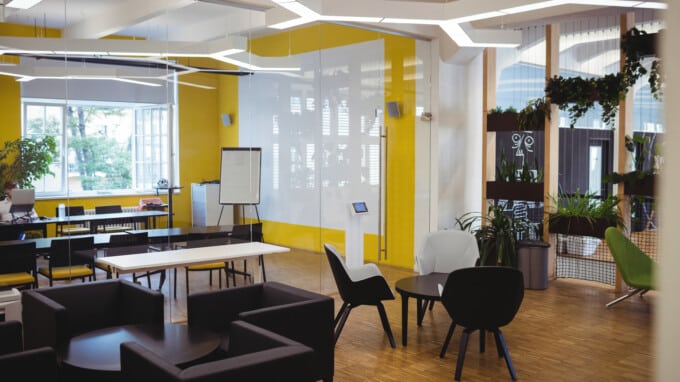Integrating commercial relocation services can improve bottom line and company culture
Workplace environments are becoming more collaborative, and are as much a part of the company culture as the individual people. In fact, … Continued

Workplace environments are becoming more collaborative, and are as much a part of the company culture as the individual people. In fact, for many companies, the look and feel of their office is a key aspect to their recruitment and retention strategies, especially with younger talent.
The problem though is much of the commercial relocation industry has not evolved their service model to reflect this trend, instead still concentrated on their “tried-and-true” services.
For example, the old-fashioned way of handling a commercial relocation was for the client to find and manage all the vendors – from asset management, liquidation to decommissioning. This poses two challenges for companies. First, just scheduling a walkthrough can turn into a logistical headache, not to mention negotiating multiple contracts and rates. Second, businesses aren’t always even aware of all the different services they may need in a move, let alone how those decisions could impact the culture.
Several years ago, Hilldrup shifted to an integrated service model, providing our clients a “one-stop-shop” solution. This approach allows us to be a service provider for all aspects a company may need – managing the big picture and offering a customized move plan specific to their needs, as opposed to forcing them to adapt to our capabilities.
Not only does this simplify pricing and minimize downtime, but it helps with their biggest priorities – greater flexibility, agility and cultural effectiveness.
It’s easy to become overly confident in a proven business model or strategy. But it’s paramount to understand that your customers’ needs will change, and if you’re not continually asking what matters most to them, you could quickly find yourself in trouble.


